ETH Meets Lindau 2021
The Lindau Nobel Laureate Meetings foster the exchange among scientists of different generations, cultures, and disciplines. This year, seven young scientists from ETH Zurich have the chance to be part of this prestigious meeting.
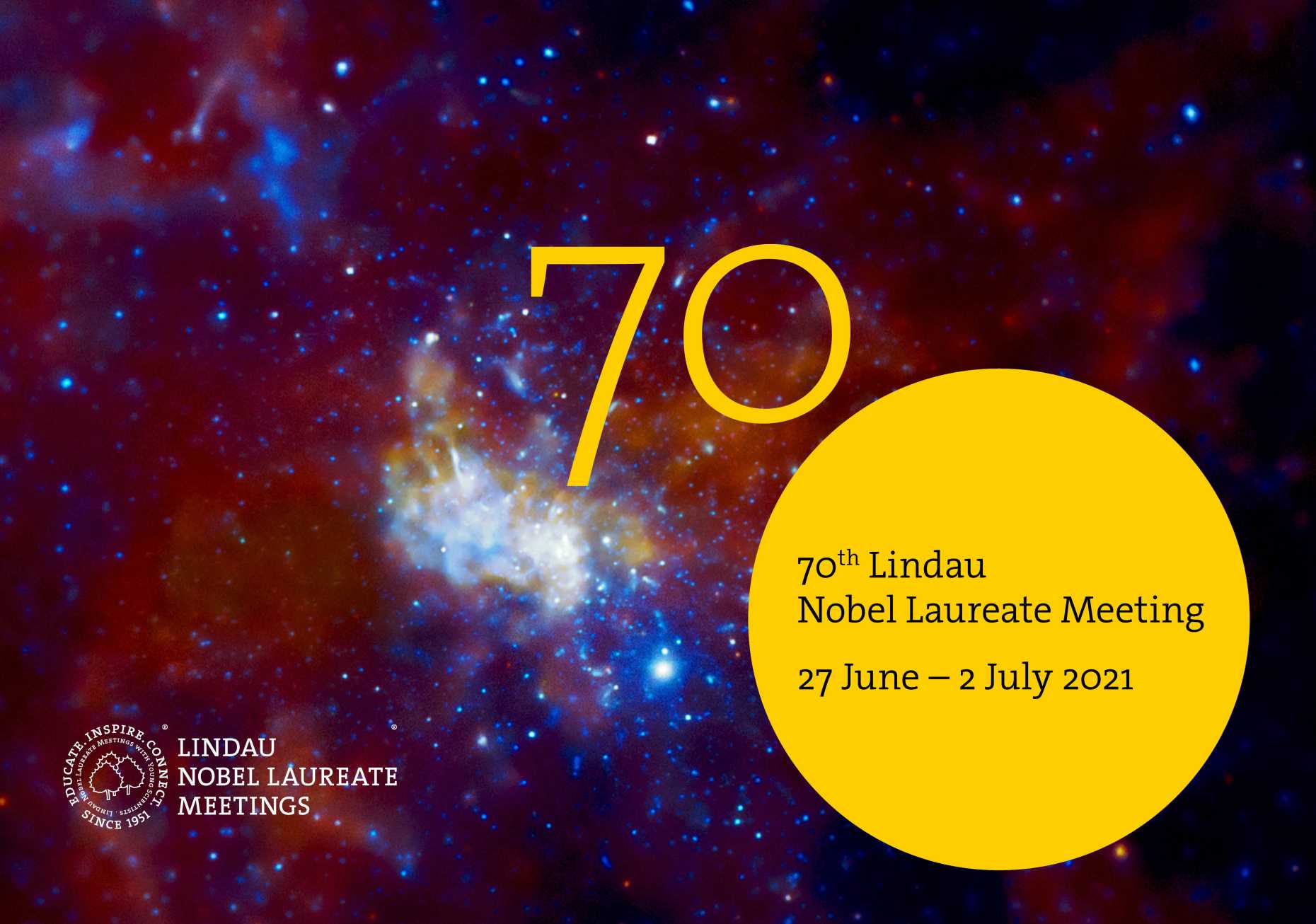
70th Lindau Meeting as Online Event
Once every year, around 30-40 Nobel Laureates convene at Lindau to meet the next generation of leading scientists: 600 undergraduates, PhD students, and post-doc researchers from all over the world. The Lindau Nobel Laureate Meetings foster the exchange between scientists of different generations, cultures, and disciplines.
This year’s interdisciplinary Lindau Nobel Laureate Meeting (27 June – 2 July 2021) will take place as an online event.
Seven young scientists from ETH Zurich are taking part in the 70th Lindau Nobel Laureate Meeting. Below you will learn about their careers and get information about their research projects.
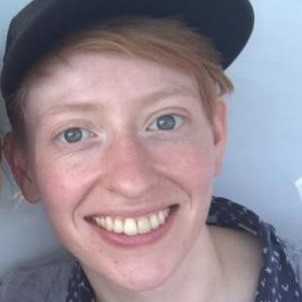
Bio:
Jana Huisman is a PhD student with Tanja Stadler and Sebastian Bonhoeffer at the Swiss Federal Institute of Technology (ETH), studying the role of plasmids in the spread of antibiotic resistance. Since March 2020, she has also played a key role in the public health response to COVID-19, developing the method to estimate the effective reproductive number of SARS-CoV-2 for Switzerland. Originally from the Netherlands, Jana studied physics and math in Bonn, with a minor in astronomy. After which she obtained her masters in physics and nanotechnology from the Technical University Denmark. She speaks 6 languages, and likes to play ultimate frisbee and visit museums in her free time.
Research:
Plasmids are mobile genetic elements that play a fundamental role in bacterial evolution, clinical infections, and as tool in biotechnology. In Enterobacteriaceae, such as Escherichia coli and Salmonella enterica, they are the main vector for the dissemination of antibiotic resistance genes. In her PhD, Jana Huisman studies the evolution of plasmids and aims to quantify the role they play in the spread of antibiotic resistance genes. She develops mathematical models to study the population dynamics of bacteria and their plasmids, and relates this to data of microbiological experiments and genetic sequence data (phylodynamics). Further, she uses bioinformatics to query big public data sets about the global distribution and drivers of antibiotic resistance.
In addition, since March 2020, she has been part of the modelling group informing the public health response to COVID-19 in Switzerland. Most importantly, she developed the method used to estimate the effective reproductive number, Re, of SARS-CoV-2. These estimates are displayed on the official Federal Office of Public Health (FOPH) coronavirus dashboard, the website of the Swiss National Covid-19 Science Task Force and several national newspapers.
Links:
external page Google Scholar
external page Twitter
Work on Re estimation in Switzerland
https://tb.ethz.ch/plot.html
https://ibz-shiny.ethz.ch/covid-19-re-international/
Contact:
jana.huisman@env.ethz.ch
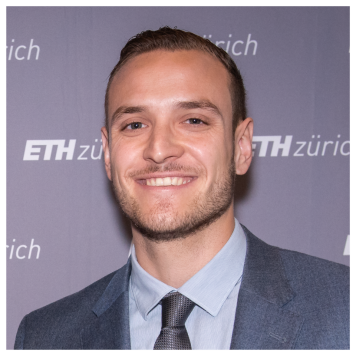
Bio:
Cla Duri, originally from Bern, started his studies at ETH Zurich in 2013 with a Bachelor in Health Sciences & Technology and graduated in 2018 with a Master in Biomedical Engineering. For his Master’s degree he was supported by the Excellence Scholarship & Opportunity Programme (ESOP) and awarded the Willi Studer Prize. Cla Duri is now working as a doctoral student in the Photonics Laboratory, where he conducts research at the interface of nano-optics and nanomaterials. Besides, he is an MBA fellow at the Collèges des Ingénieurs (CDI), active member of the Swiss Study Foundation, and enjoys weightlifting and playing chess.
Research:
In conventional optical imaging and spectroscopy, the resolution is fundamentally limited by diffraction. Due to the wave nature of light, propagating radiation cannot be localized to dimensions much smaller than its wavelength. However, by including non-propagating electromagnetic fields, better localization is achievable. The goal of nano-optics is thus the control and manipulation of radiation on sub-wavelength scales.
One of the most impressive examples of nano-optics enabling spectroscopy at the nanometer scale is tip-enhanced Raman scattering (TERS). In his research, Cla Duri employs TERS to investigate low-dimensional materials. His main focus lies on the characterisation of linear carbon chains (carbyne), which are the text-book example of a truly one-dimensional system and hold great promise for future applications in nanoelectronics.
Recently, the group has demonstrated that carbyne is the strongest Raman scatterer known to date. This unparalleled Raman response can potentially be exploited for biological imaging, quantum optomechanical experiments, or nanoscale thermometry.
Links:
Photonics Laboratory
external page Linkedin
Publications:
external page https://doi.org/10.1021/acs.nanolett.0c02632
external page https://arxiv.org/abs/2104.02347
external page https://doi.org/10.1364/OL.43.005801
Contact:
external page claduri@bluewin.ch
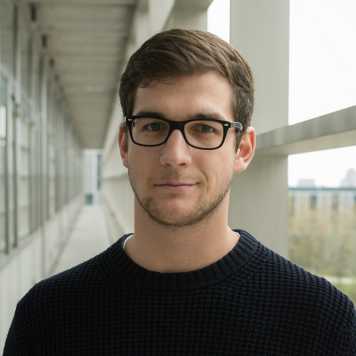
Bio:
Philip Böhm grew up in southern Germany. From 2013 to 2016, he studied Chemistry (B.Sc.) at the Technical University of Munich and continued with his M.Sc. studies (2016 to 2018) at the same university. For his Master’s thesis, he joined the group of John Hartwig at the University of California, Berkeley. After his return in April 2018, he did an internship with Clariant in the department of Oxidation Catalysis. Since October 2018, he is a PhD student in the group of Bill Morandi at ETH in Zürich.
Research:
The Bill Morandi Group working on the so-called Shuttle Catalysis, which is a concept paralleling the transfer hydrogenation. They are developing methods for the transfer of functional groups between organic molecules using transition-metals (such as palladium or nickel) as catalysts. Their goal is to eliminate hazardous (e.g toxic or corrosive) reagents from the synthesis of fine chemicals.
Links:
Bill Morandi Group
external page LinkedIn
Contact:
philip.boehm@org.chem.ethz.ch
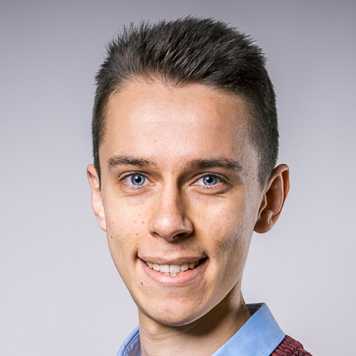
Bio:
Coenraad Frederik Slabber was born and raised in South Africa. After finishing school, he came to Zurich to study biology. Here he enjoyed science and the city so much that his Bachelor studies quickly turned into a Master’s degree and even continued in his PhD. Currently, as a PhD candidate, he is working in the field of regenerative biology the laboratory of Prof. Sabine Werner.
Research:
The liver displays a remarkable capacity to regenerate after chemical or physical insults. The goal of Coenraad’s PhD project is to examine the molecular mechanisms underlying liver regeneration. He is particularly interested in the involvement of the fibroblast growth factor signalling pathway in this process. Using quantitative proteomics he identified new targets of fibroblast growth factorshllo in the regenerating liver. Functional studies revealed an essential role of one of these proteins in liver regeneration.
Links:
external page LinkedIn
Werner Lab Research
external page Publication (from Master project)
external page TEDxZurich
Contact:
erik.slabber@biol.ethz.ch
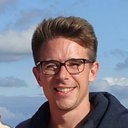
Bio:
Michael Reiter is currently pursuing a Ph.D. in the Vorholt lab at ETH Zurich where he aims at engineering artificial endosymbioses.
Michael started his academic education at the Technical University Munich from which he received his Bachelor's degree in Molecular Biotechnology.
Subsequently, he joined the Stephanopoulos lab at the Massachusetts Institute of Technology for a research internship.
During this time, he tried to engineer biotech's workhorse Escherichia coli to live off of the renewable carbon and energy source methanol instead of glucose sugar.
Such an organism would be a significant step towards fully sustainable biotechnology processed.
After his time at MIT, looking to advance his mathematical and computational skills, Michael then joined the Biotechnology master's program at ETH Zurich where he majored in systems biology.
He concluded his studies with a master's thesis and subsequent research stay in the Keasling lab at the University of California, Berkeley.
At Berkeley, Michael built a baker's yeast strain that produces different cannabinoids which is currently being commercialized.
Besides doing science, Michael likes to explore the world by sail boat, play beach volleyball or going climbing in the mountains.
Research:
There are two types of cells that are known: prokaryotic cells, for example bacteria, and eukaryotic cells which are the building blocks for all plants and animals.
Eukaryotic cells are structurally fundamentally different from prokaryotic cells, but appear to have evolved from them.
The leading theory explaining this evolutionary quantum leap is the endosymbiont hypothesis.
According to the endosymbiont hypothesis the process of eukaryote evolution occurred after one prokaryote established a symbiosis inside of another prokaryote around 1 billion years ago.
Today these events can be studied by analyzing the fossil record and observing endosymbioses that are found in nature.
However, the major limitation of these studies is their retrospective nature.
Particularly, the early processes leading to the establishment of an endosymbiosis can only be inferred, but not observed directly.
Michael's research focuses on engineering an artificial early endosymbiosis between two organisms and studying its evolutionary trajectory.
This will yield direct insight into necessary and/or sufficient requirements for stable endosymbioses as well as the evolutionary dynamics of the early stages of an imperfect co-dependency.
In the long-term, this novel approach could also be employed as a bioengineering approach. One prime example for this is the introduction of an endosymbiont that can fix atmospheric nitrogen to plants which would render synthetic fertilizers obsolete - a boon for agriculture and the environment.
Links:
external page Linkedin
external page Google Scholar
external page Twitter
Contact:
mreiter@biol.ethz.ch
More information soon!
Contact:
darius.rackus@bsse.ethz.ch
More information soon!
Contact:
christian.haensel@mat.ethz.ch